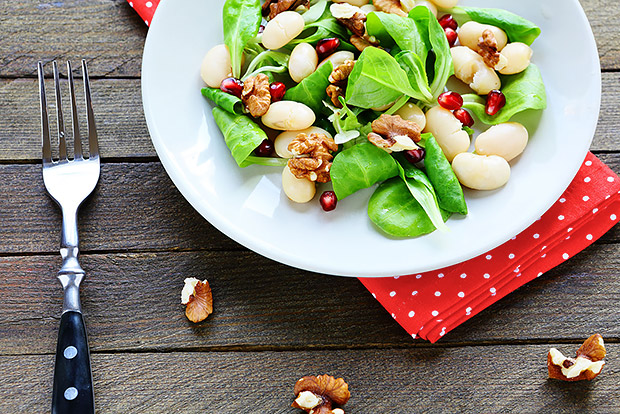
A salad shouldn’t make you feel like you are eating rabbit food, nor should it be so loaded with fat and calories that it is no longer nutritious. A healthy salad is hearty enough to keep you full and balanced in essential nutrients. As you build a healthy salad, keep these five components in mind.
Greens
The base of your salad should be full of vitamin-rich greens, but think beyond lettuce and spinach. From peppery to slightly bitter, greens can give your salads a mix of flavors that make the meal more enjoyable. Various greens also offer diverse plant nutrients that act as antioxidants and dietary fiber that fills you up. Try baby arugula, chopped bok choy, sliced chard, sliced kale, frisse, chopped radicchio, or shredded cabbage.
Grains
A quarter cup of cooked grains sprinkled over the greens adds texture and an earthy or nutty flavor. Depending on the grains, you can also increase your salad's vitamins, minerals, and fiber. Try cooked barley, brown rice, pearl couscous, quinoa, or wheat berries.
Protein
While the focus of a salad is usually vegetables, high-quality protein fulfills your nutrient needs and keeps you feeling full. Add a chicken breast, roasted turkey, grilled salmon, canned tuna, beans, lentils, or tofu.
Nutritious Extras
Choose extras for your salads that add flavor and nutrients without excess calories or added sugar. Sliced mushrooms boost vitamin D, diced bell peppers contain vitamin C, chopped fresh berries and sliced red onions are rich in antioxidants, cruciferous vegetables (such as cauliflower and broccoli) have cancer-fighting nutrients, and carrots supply vitamin A.
Healthy Fat for Flavor
Healthy fat serves two purposes on a salad: 1) it helps the body absorb fat-soluble vitamins, and 2) it adds flavor. The fat in your salad can come from an oil-based dressing, diced avocado, nuts, or seeds. If you like cheese, choose high-quality, unprocessed varieties. Try sprinkling feta or crumbled blue cheese to add flavor without overloading the salad with calories and fat. Check nutrition labels closely, as dressings, nuts, and seeds are often high in sodium. Make your own dressings and pick dry roasted, unsalted nuts and seeds.



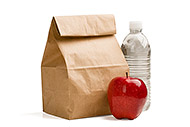 3 Healthy Lunches for Your Work Week
3 Healthy Lunches for Your Work Week
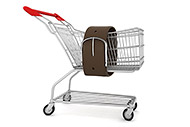 5 Tips for Stretching Your Budget for Healthy Food
5 Tips for Stretching Your Budget for Healthy Food
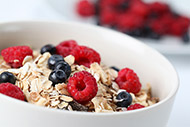 Best Ways to Reduce Added Sugar
Best Ways to Reduce Added Sugar
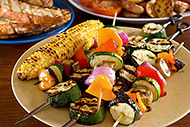 Healthy Tips to Lighten Up Picnic Foods
Healthy Tips to Lighten Up Picnic Foods
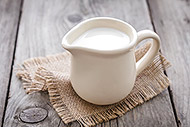 Do You Need to Drink Milk?
Do You Need to Drink Milk?
 Tips to Keep Track of Water Intake
Tips to Keep Track of Water Intake
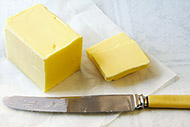 Butter vs. Margarine: What’s the Best Choice?
Butter vs. Margarine: What’s the Best Choice?
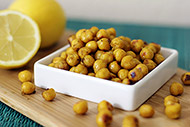 7 Good Mood Foods
7 Good Mood Foods
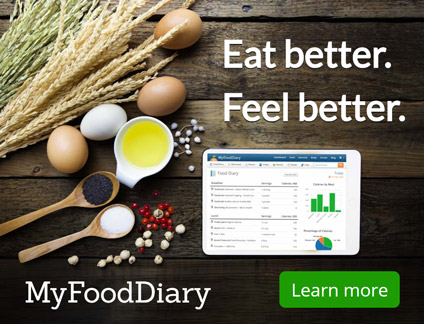
 Pinterest
Pinterest RSS Feed
RSS Feed